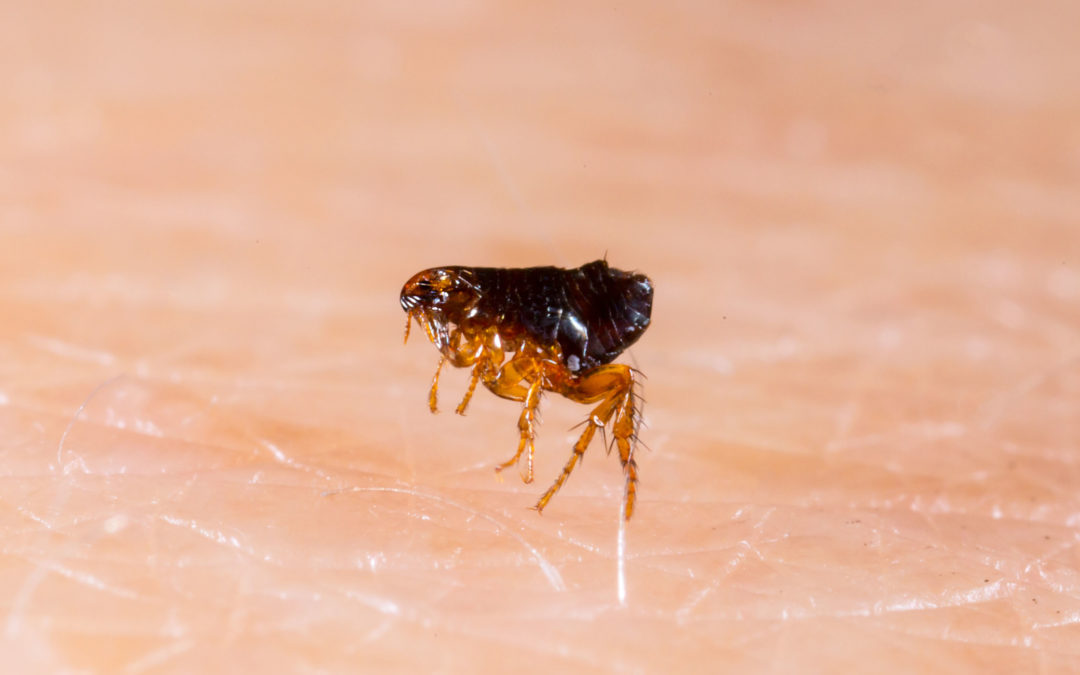According to the Center for Disease Control and Prevention, mice lay up to 10 eggs daily, which is how they multiply quickly. Lice are characterized by their greyish-white color. They feed on blood and attach themselves to hair shafts and the scalp. Compared to dandruff, lice do not flake off when touched. They grow and hatch on the scalp and are hard to find because they are fast movers. Keep reading to learn more about lice treatment.
1. Life of a Louse
It is necessary to understand the louse and proper lice treatment. The human scalp or head is the ideal habitat for lice. With a regular supply of blood, lice can live up to a month. Falling off the scalp means death for a louse. Nits are cocoons in which lice eggs are incubated. In a day, about eight nits are laid. In about six to nine days, the eggs hatch. They grow into adults by the seventh day, and a new life cycle begins again.
2. Infestation
Primarily, lice are spread through sharing of garments and personal items. These could be anything from scarves, combs, hats, or clothing. People of all races and ages can get a lice infection regardless of how clean they are.
3. Treatment
Lice treatment cannot be done using prescription medicine. Neither can you wash or brush out a lice infection. One must use a special nit comb to pick and pull-out lice and their nits. The alternative is to use a hand that is ineffective at best. Some home remedies exist to treat lice but are not certified to work. Sometimes, you might need to try more than one of any traditional methods you might hear about. Remember to be prudent.
To effectively rid yourself of lice, combining different methods is required. Among the things to try are taking medication prescribed by the doctor, shampoo and manual removal of nits using a hand or comb, vacuuming and restricting access to the infected area for three days minimum, regular head check-ups for treatment evaluation, and early detection of re-infestation.
We’ll go into some details for each lice treatment method.
4. Lice Shampoo and Nit Removal
It is essential to note that lice shampoo is an insecticide. It is, therefore, limited to being used by children who are two years and over. Pregnant women should consult with their physician if it is safe to use lice shampoo. This treatment requires you not to use a conditioner afterward because it might weaken the effects of the shampoo. A helpful tip is to use white vinegar to loosen the nits, making it easier to comb them out. Remember your gloves.
5. Lice Cream
As stated earlier, over-the-counter medicine may not treat lice effectively. However, there are lice creams available that do not require a prescription. Some creams are restrictive and can only be used after washing hair with shampoo and drying it. Others are applied on dry hair and then rinsed out 10 minutes later. Remember that lice medicine is more expensive and is not often covered by insurance.
6. Environmental Control
There is a proper way of handling washable and non-washable items to limit the further spread of lice and kill off any eggs left after treatment. For starters, machine washing should be done using hot and soapy water and run through the dryer for at least 20 minutes. Vacuum all stationary furniture, carpets, and beddings.
Plushies, pillows, stuffed animals, and other objects that are not washable can be tightly sealed in a plastic bag. In two days, any lice or nits will die. Keep up regular head checks on your family members every two days for the next ten days to ensure no re-infestation. If your children are of school-going age or have playmates, inform their teachers and parents for their peers to get treated too.
7. Prevention
To keep yourself and your loved ones from lice infestation, discourage sharing of items that touch the hair. Help your child understand which items are shareable and which ones are not. Lastly, regular head checks are the best way to catch any infestation and quickly administer lice treatment.
While lice treatment can be tricky and stressful, with the help of this information, you should be able to remedy the issue as seamlessly as possible. If you have questions about your specific condition, contact us at Pediatric Hair Solutions to provide professional advice.


Recent Comments